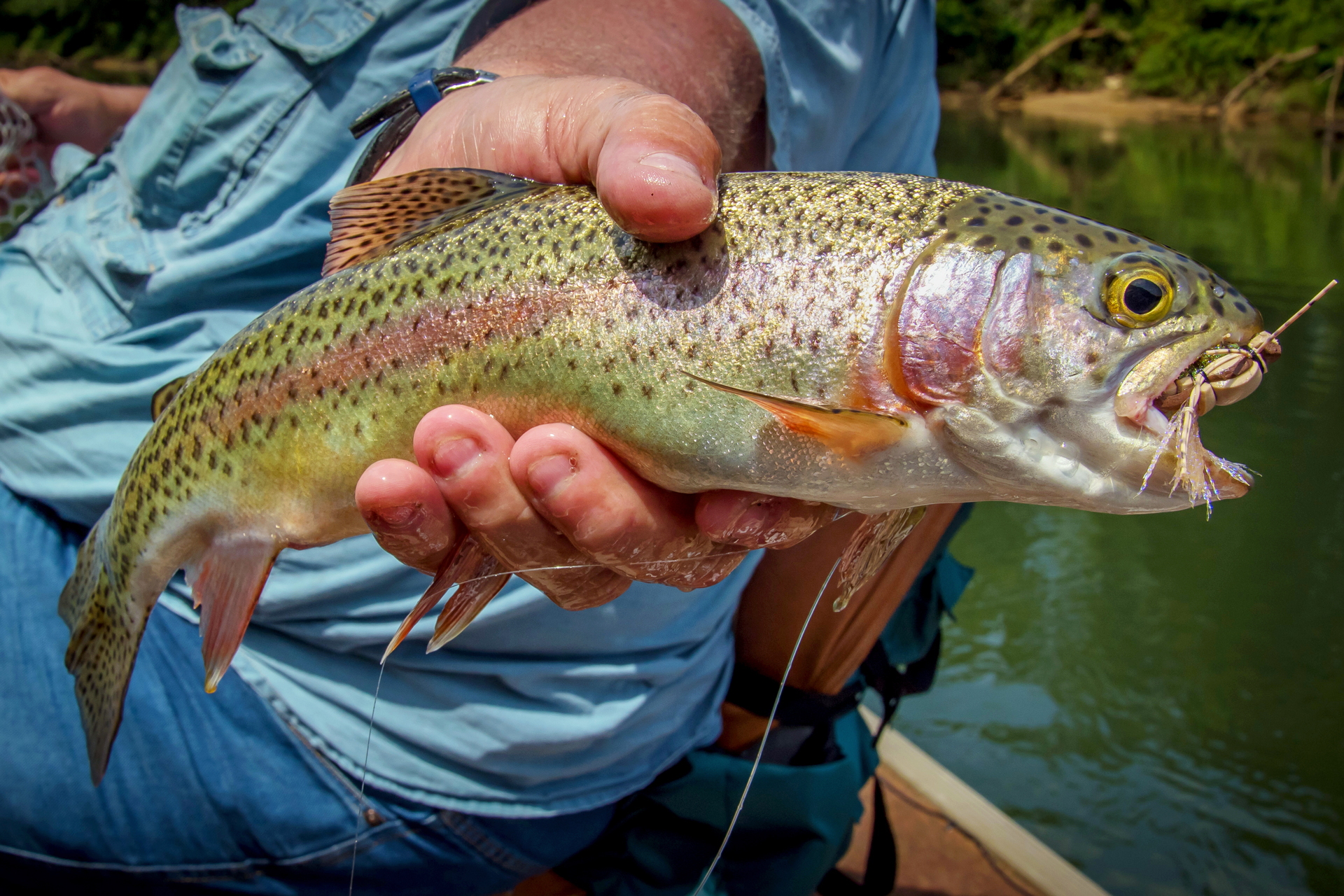
Mass Trout Stocking 2024: The Hidden Truth! – What You Didn’t Know!
Understanding Mass Trout Stocking: A Comprehensive Overview
Mass trout stocking is a practice widely adopted by fisheries managers to replenish fish populations in lakes, rivers, and streams. It involves the release of a substantial number of hatchery-reared trout into a waterbody with the primary objective of enhancing recreational fishing opportunities. While this practice has gained popularity over the years, it has also garnered controversy, sparking debates among anglers, conservationists, and ecologists.
This article delves into the multifaceted world of mass trout stocking, exploring its history, techniques, and potential implications. We will uncover the hidden truths surrounding this practice, shedding light on its benefits, drawbacks, and the ongoing discussions within the angling community.
Origins and Evolution of Mass Trout Stocking
The concept of stocking trout in waterbodies can be traced back to the 19th century when concerns about declining fish populations emerged. As fishing became increasingly popular, natural trout populations struggled to keep pace with the growing demand, prompting fisheries managers to seek alternative solutions.
Initially, trout stocking involved the transfer of fish from one waterbody to another. However, as hatcheries began to emerge, the practice shifted to the release of hatchery-reared trout. This allowed for more substantial and controlled stocking efforts, enabling fisheries managers to target specific waterbodies and species.
Techniques Used in Mass Trout Stocking
Mass trout stocking typically involves the release of large numbers of hatchery-reared trout into a waterbody. These fish are usually of a specific size and species, selected based on the management objectives for the particular waterbody.
The techniques used for stocking can vary depending on the waterbody and the species being stocked. Common methods include:
- Truck Stocking: Trout are transported in specialized trucks with oxygenated water tanks and released directly into the waterbody.
- Helicopter Stocking: Trout are transported in buckets suspended below helicopters and released from the air, particularly in remote or inaccessible areas.
- Barge Stocking: Trout are placed in floating cages or barges and gradually released into the waterbody over time.
Benefits of Mass Trout Stocking
Mass trout stocking offers several potential benefits, including:
- Increased Fishing Opportunities: Stocking trout can supplement natural fish populations, providing anglers with enhanced fishing opportunities and the chance to catch more fish.
- Economic Stimulus: Trout stocking can boost local economies by attracting anglers and generating revenue for businesses such as tackle shops, guides, and lodging.
- Conservation Benefits: Stocking can help maintain genetic diversity and support native trout populations in areas where natural reproduction is limited.
Drawbacks of Mass Trout Stocking
While mass trout stocking can provide benefits, it also poses potential drawbacks, including:
- Competition with Native Species: Stocked trout may compete with native fish species for food and habitat, potentially disrupting the natural ecosystem.
- Genetic Dilution: Repeated stocking of hatchery-reared trout can lead to genetic dilution of native trout populations, reducing their resilience and adaptability.
- Disease Transmission: Hatchery-reared trout may carry diseases or parasites that can be transmitted to wild fish populations.
- Angler Bias: Stocking can create a bias towards hatchery-reared trout, leading anglers to focus on catching stocked fish rather than pursuing native species.
Ongoing Discussions and Controversies
Mass trout stocking has been a subject of ongoing discussions and controversies among anglers, conservationists, and ecologists. While some advocate for its benefits, others question its long-term effects on aquatic ecosystems and native fish populations.
One of the primary concerns is the potential for competition between stocked trout and native species. Stocked trout, often larger and more aggressive than wild trout, may outcompete native fish for food and habitat, leading to population declines.
Another concern is the genetic dilution of native trout populations. Repeated stocking of hatchery-reared trout can introduce non-native genes into wild populations, potentially reducing their genetic diversity and resilience.
Alternative Approaches to Fisheries Management
In recent years, there has been a growing interest in alternative approaches to fisheries management that emphasize the conservation and restoration of native fish populations.
These approaches include:
- Habitat Restoration: Improving the quality of natural habitats can support wild trout populations and reduce the need for stocking.
- Wild Trout Management: Focusing on managing and conserving wild trout populations through regulations and habitat protection.
- Selective Stocking: Stocking only when necessary and using techniques that minimize the potential for genetic dilution and competition with native species.
Conclusion: Balancing the Pros and Cons
Mass trout stocking remains a controversial practice, with both benefits and drawbacks to consider. While it can enhance fishing opportunities and provide economic benefits, it also poses potential risks to native fish populations and aquatic ecosystems.
Fisheries managers must carefully weigh the potential benefits and drawbacks when making decisions about mass trout stocking. Alternative approaches, such as habitat restoration and wild trout management, should be considered to ensure the long-term sustainability of aquatic ecosystems and native fish populations.
Leave a Reply